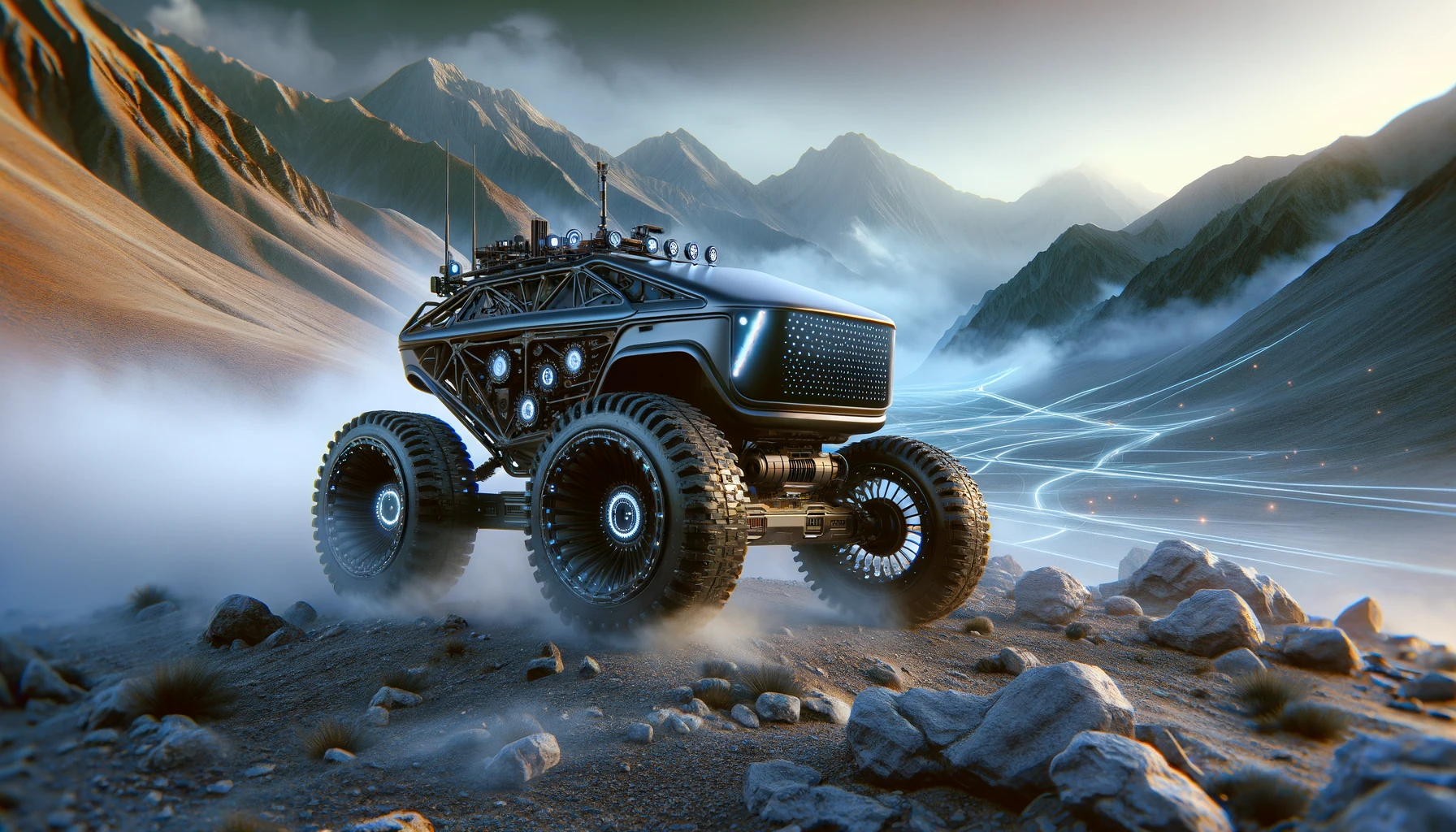Self-driving technology is venturing beyond city streets, thanks to a surge in investments from venture capitalists and the military. These autonomous vehicle startups, which specialize in off-road applications, are poised to revolutionize sectors such as agriculture, mining, and military logistics.

The Rise of Off-Road Autonomous Vehicles
In recent years, significant funding has been funneled into self-driving startups that operate in off-road environments. These companies are developing cutting-edge autonomous vehicles (AVs) designed for complex terrains, from rugged mountains to dense forests. The trend has gained momentum with substantial backing from both venture capital firms and the military, reflecting a growing interest in the potential of off-road autonomy.

Notable players in this emerging market include companies like Ouster, Robotic Research, and Agility Robotics. These startups are leveraging advances in artificial intelligence, robotics, and sensor technology to create vehicles capable of navigating challenging landscapes without human intervention.

Key Investments and Partnerships
Venture capital firms have been instrumental in accelerating the development of off-road AV technology. In 2023, investments in this niche reached an all-time high, with VCs pouring billions into promising startups. Prominent firms such as Sequoia Capital, Andreessen Horowitz, and Kleiner Perkins have led multiple funding rounds, underscoring their confidence in the sector’s growth potential.
The military’s involvement has also been a significant catalyst. The U.S. Department of Defense has been actively partnering with these startups, providing not only funding but also critical testing environments and logistical support. These collaborations aim to enhance military operations by deploying autonomous vehicles for tasks like supply transport and reconnaissance in hostile or inaccessible areas.
Context and Background
The push for off-road autonomous vehicles is driven by a combination of technological advancements and market demand. Traditional self-driving cars, designed for urban settings, have made significant strides but still face numerous regulatory and technical challenges. In contrast, off-road AVs operate in controlled environments where regulations are less stringent, allowing for faster development and deployment.
The agriculture sector, for instance, stands to benefit immensely from autonomous technology. Self-driving tractors and harvesters can operate around the clock, increasing efficiency and reducing labor costs. Similarly, in mining, autonomous trucks and drills can enhance safety by performing dangerous tasks without human intervention.
The military’s interest in off-road AVs is multifaceted. Autonomous vehicles can reduce the risk to soldiers by taking on hazardous missions, and they can also improve logistical efficiency in war zones. The technology promises to transform military logistics by providing reliable, unmanned support in challenging environments.
The Future of Off-Road Autonomy
From my perspective, the rapid development of off-road autonomous vehicles is a game-changer for multiple industries. The infusion of capital and expertise from venture capitalists and the military is accelerating innovation, making it possible for startups to overcome the unique challenges of off-road environments.
However, this burgeoning field is not without its hurdles. Technical challenges such as ensuring reliability in diverse and unpredictable terrains, and developing robust navigation systems remain significant. Additionally, while military and industrial applications are progressing rapidly, consumer acceptance and regulatory frameworks for off-road AVs will need to evolve.
On the positive side, the benefits of off-road autonomy are compelling. Increased safety, operational efficiency, and cost savings are just the beginning. As technology matures, we can expect to see autonomous systems tackling more complex tasks and expanding into new sectors.
As I see it, the intersection of venture capital and military interest is creating a fertile ground for innovation in the off-road AV space. This collaboration not only drives technological advancements but also ensures that the technology developed is robust and versatile enough to meet a wide range of applications. The future of autonomous vehicles is not just on our roads but in the fields, mines, and battlefields, where they can make a profound impact.






